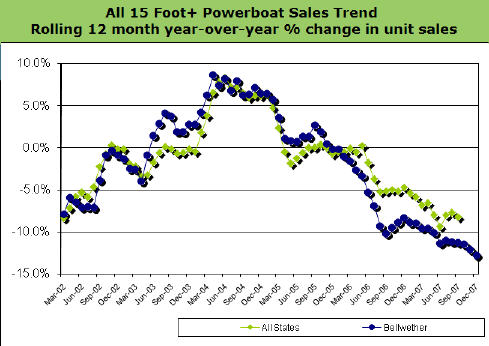Earlier today I spoke at a conference for web marketing professionals in Jacksonville, Florida. My topic was web analytics. It was a well-timed opportunity for me. I used the talk to do these two things:
- Discuss the new web metric my team has innovated, called Content Interest Index
- Try out a form of condensed slideshow presentation called Pecha Kucha
As I described in a prior post on Pecha Kucha, this is to slideshows what the haiku is to poetry, and Dogma 95 is to film making. It has strict rules designed to bring out the soul of a presentation — especially if you subscribe to the phrase “the soul of brevity.” The rules are that you have exactly 20 slides, and each is up for exactly 20 seconds. That means after 6 minutes and 40 seconds, you come to a full stop.
For those of you as nutty about films as I am, you know that Dogma 95 was borne out of the desire of a handful of directors to treat their audiences like grown-ups. Pecha Kucha may not pretend to be anything loftier than playful fun, but it does respect the audience’s valuable time. How refreshing!
My presentation needed a “hook.” I chose a doozie. I compared a web site’s conversion funnels to the lairs that are built by antlions. These critters were an obsession of mine when I was 10 years old (I even kept one as a pet, in a sand-filled coffee can in my bedroom!).
I frankly could not resist using graphics of the antlion’s traps as ways to illustrate aspects of measuring web conversion. In this elaborate comparison, ants unwittingly encircle the antlion’s lair and some tumble to their doom, in the same way that web visitors cruising around a site’s pages are attracted to offers (the “mouths” of conversion funnels).
Hey, no one ever said marketing was pretty.

Yes, this comparison is a bit of a stretch — if not downright grisly — but I do believe I got my point across. Especially with the help of a supplemental presentation, given in mind map format (here is the map, in Acrobat format … watch out, it’s a quite large file at 2,310 KB). My presentation included excerpts from the CII case study that you can download from this blog entry.
Why don’t you be the judge of the job I did in milking this helpless metaphor until it mooed in pain? Download this podcast of my Pecha Kucha (1,724 KB in MP3 format), and check out this PowerPoint player file (324 KB in PPS format) for the visuals. You have to sync up the audio and visual files, but it’s hopefully well worth it. Updated 10/9/07: You’ll find the Pecha Kucha on YouTube.
Let me know what you think, and more importantly, if you think the antlion should be some sort of Web 3.0 mascot. What’s the reasoning behind that suggestion? None whatsoever, except the antlion is a very clever creature.
And hey! What the heck. A creature looking this monstrous really needs a break.

